Growing the Future: Jared’s Food Forest in Rural Te Puke 🌱
In rural Te Puke, a new food forest is taking root, and it’s not just about growing food—it’s about cultivating community and empowering the next generation. This isn’t a long-established forest but a new install that showcases the power of syntropic agroforestry to create a resilient food system.
The Vision Behind the Forest
Jared’s food forest is a living classroom and a testament to his vision of fostering kai resilience in the Bay of Plenty. He’s an advocate for working with nature and has been actively involving youth in his project, teaching them the skills and knowledge to grow their own food. This focus on education and passing on intergenerational knowledge is a key component of his work.
The Principles of Syntropic Agroforestry
Jared’s approach is rooted in syntropic agroforestry, a regenerative method that mimics natural ecosystems. He focuses on building a system that is productive and self-sustaining by using specific plant varieties to create a healthy ecosystem. He utilizes plants like lamb’s quarter and buckwheat as a key source of valuable biomass to provide nutrients for the soil. This careful selection of plants demonstrates a deep understanding of how to work with natural resources efficiently.
A Living Ecosystem
Jared’s food forest is an experimental and dynamic space, with a variety of plants working together. He’s observed how different plants, like buckwheat, can have multiple roles beyond biomass production, serving as a cover crop and attracting beneficial insects. The abundant sun in Te Puke fuels the rapid growth of his diverse plantings, helping to quickly establish a productive and resilient system.
This project is a powerful example of how a small plot can contribute to a larger movement of food sovereignty and community resilience. It’s a place of learning and collaboration, showing that anyone can start growing a more sustainable future.

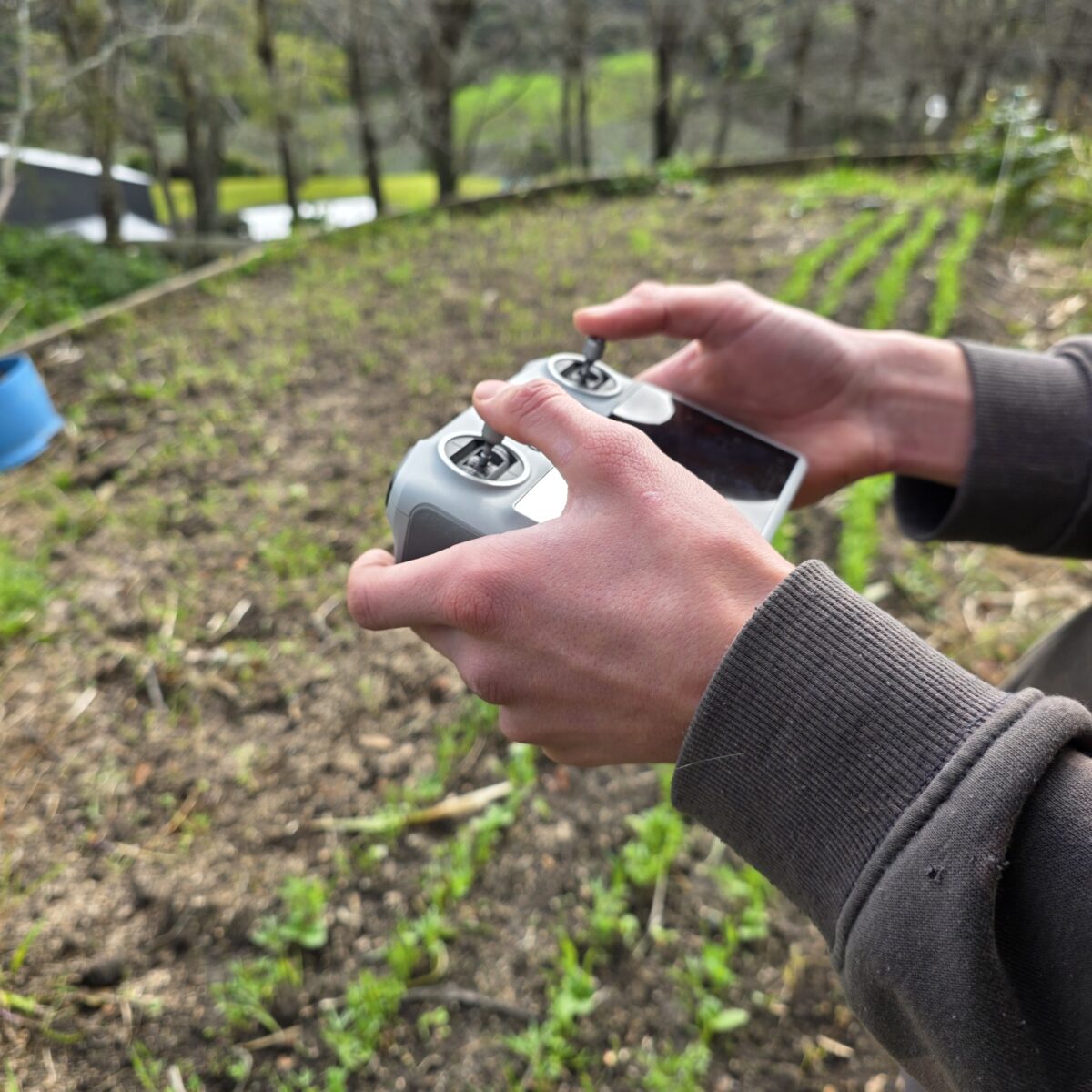
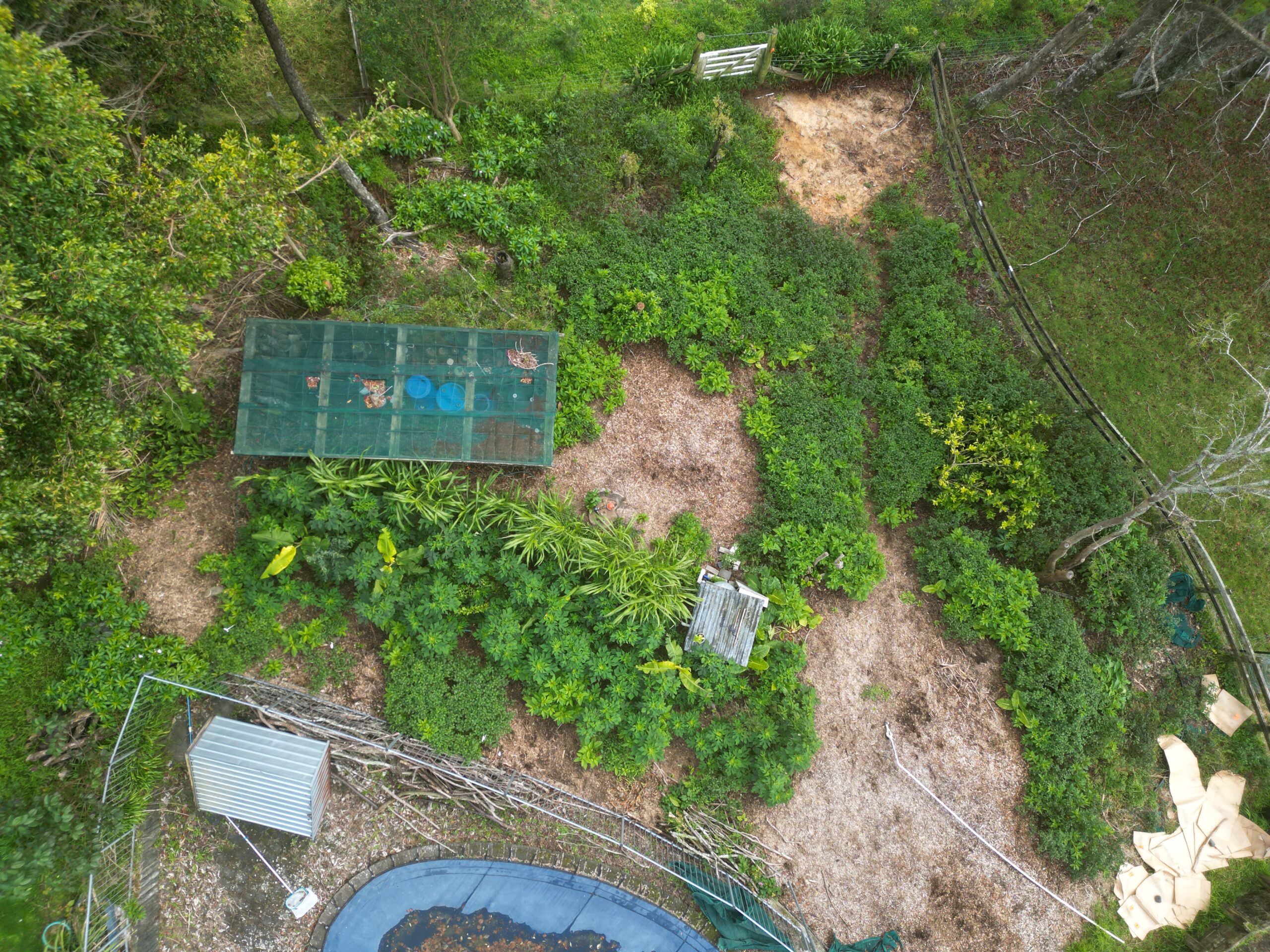
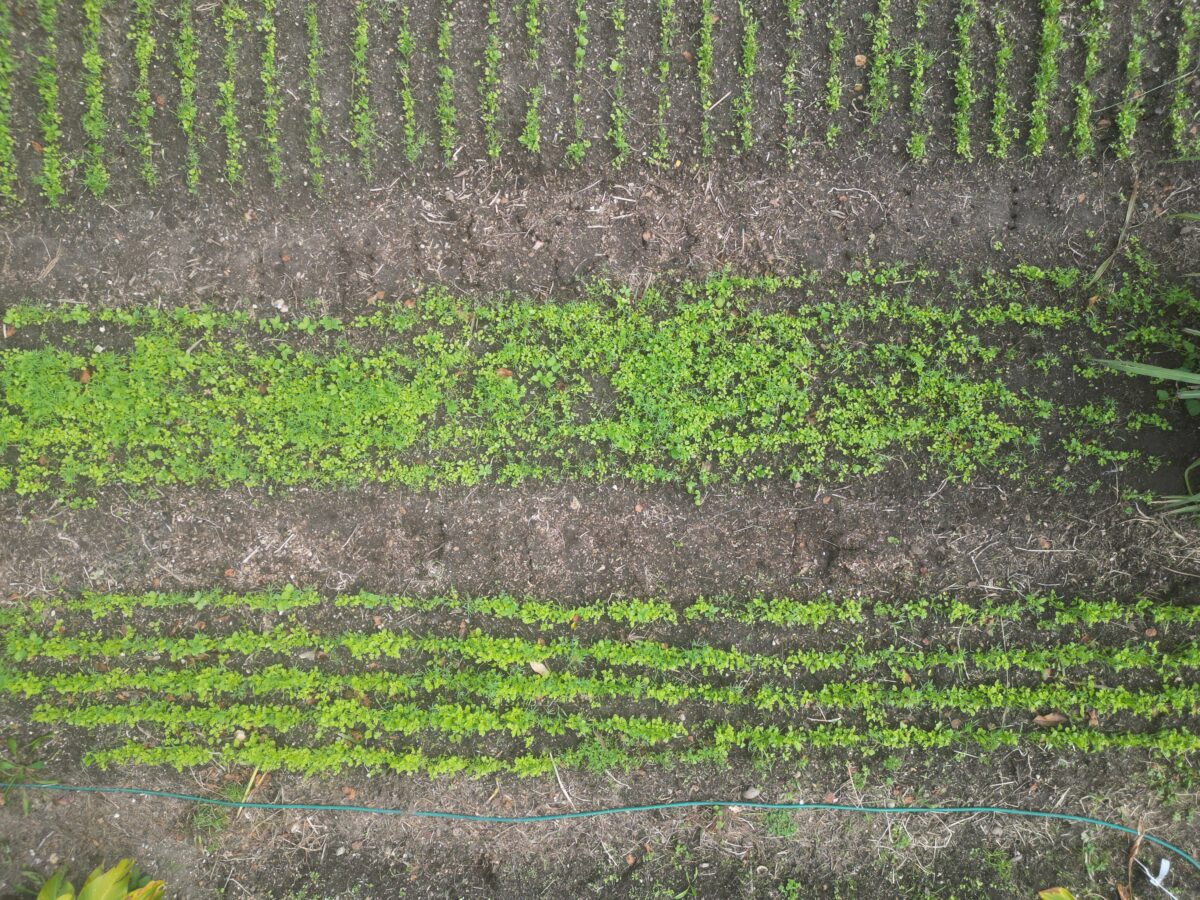

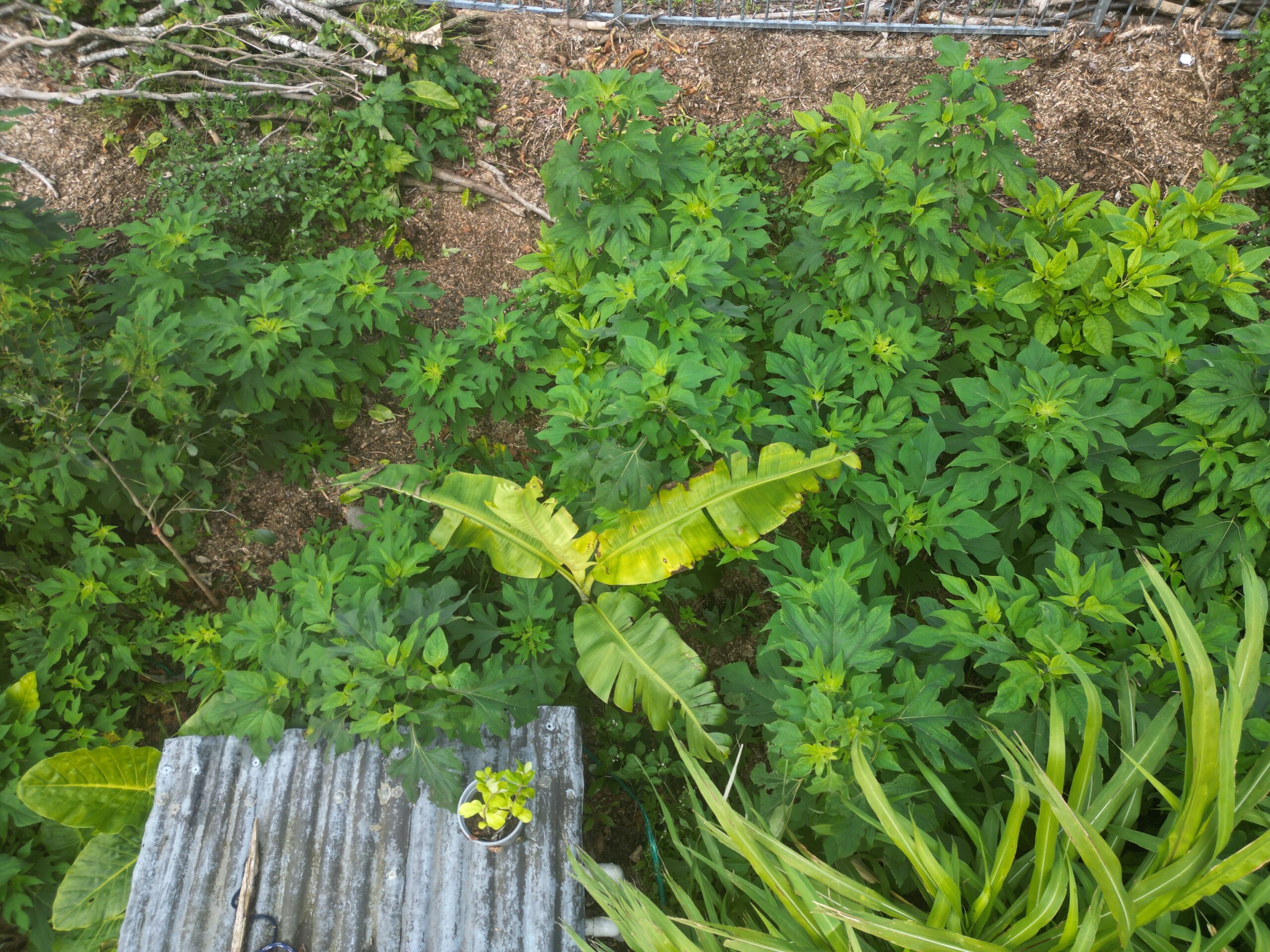
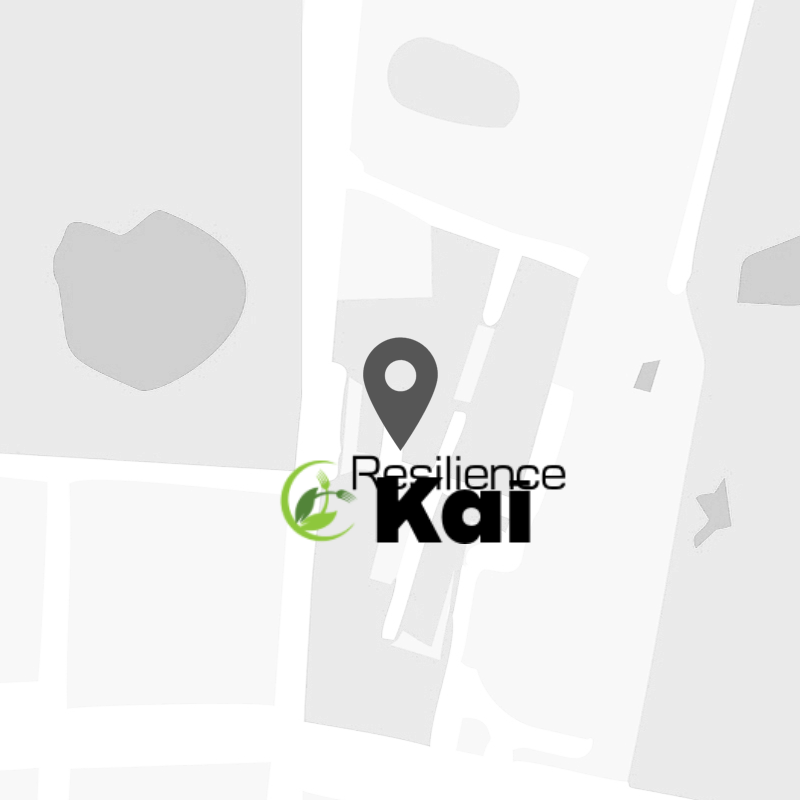

Leave a Reply